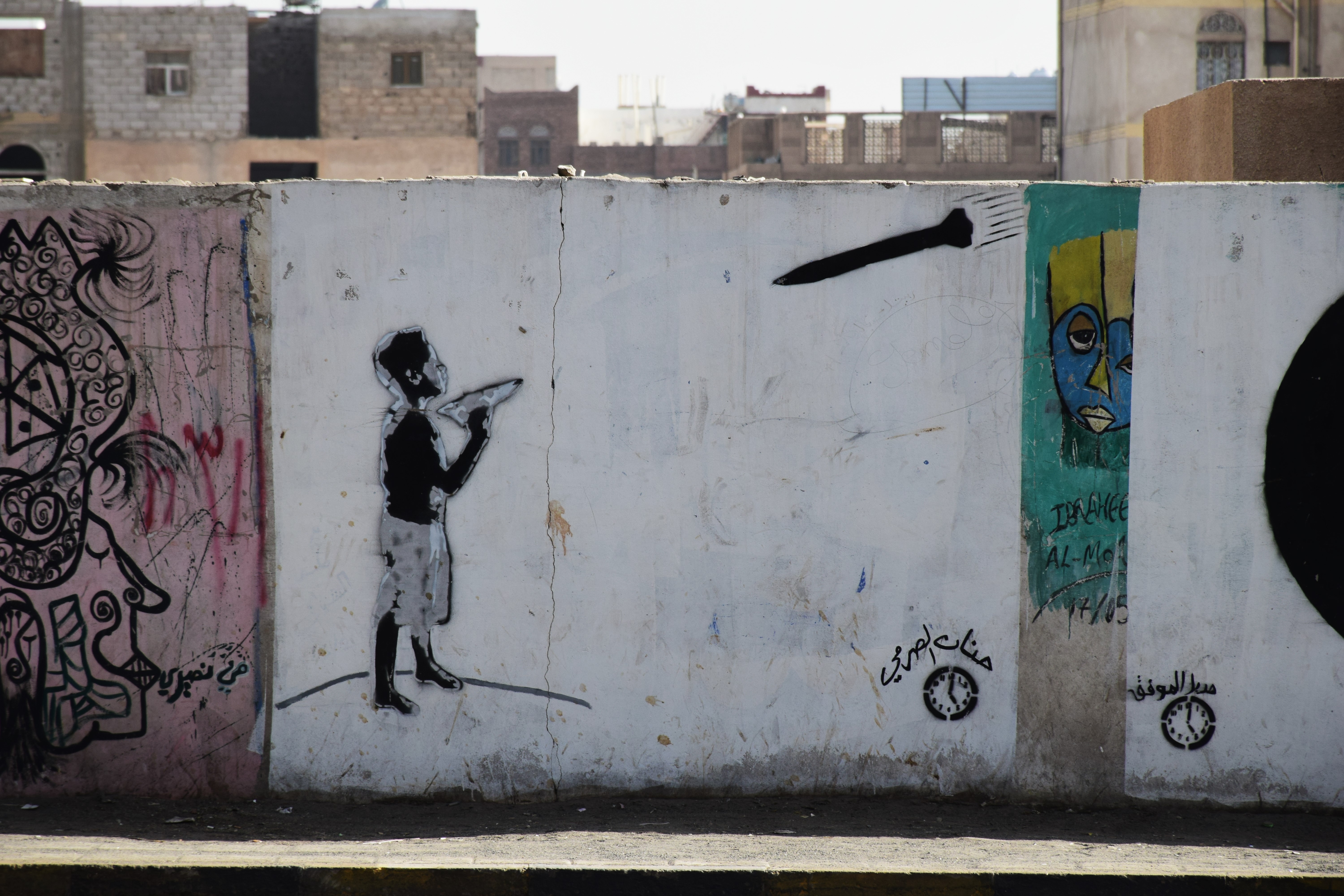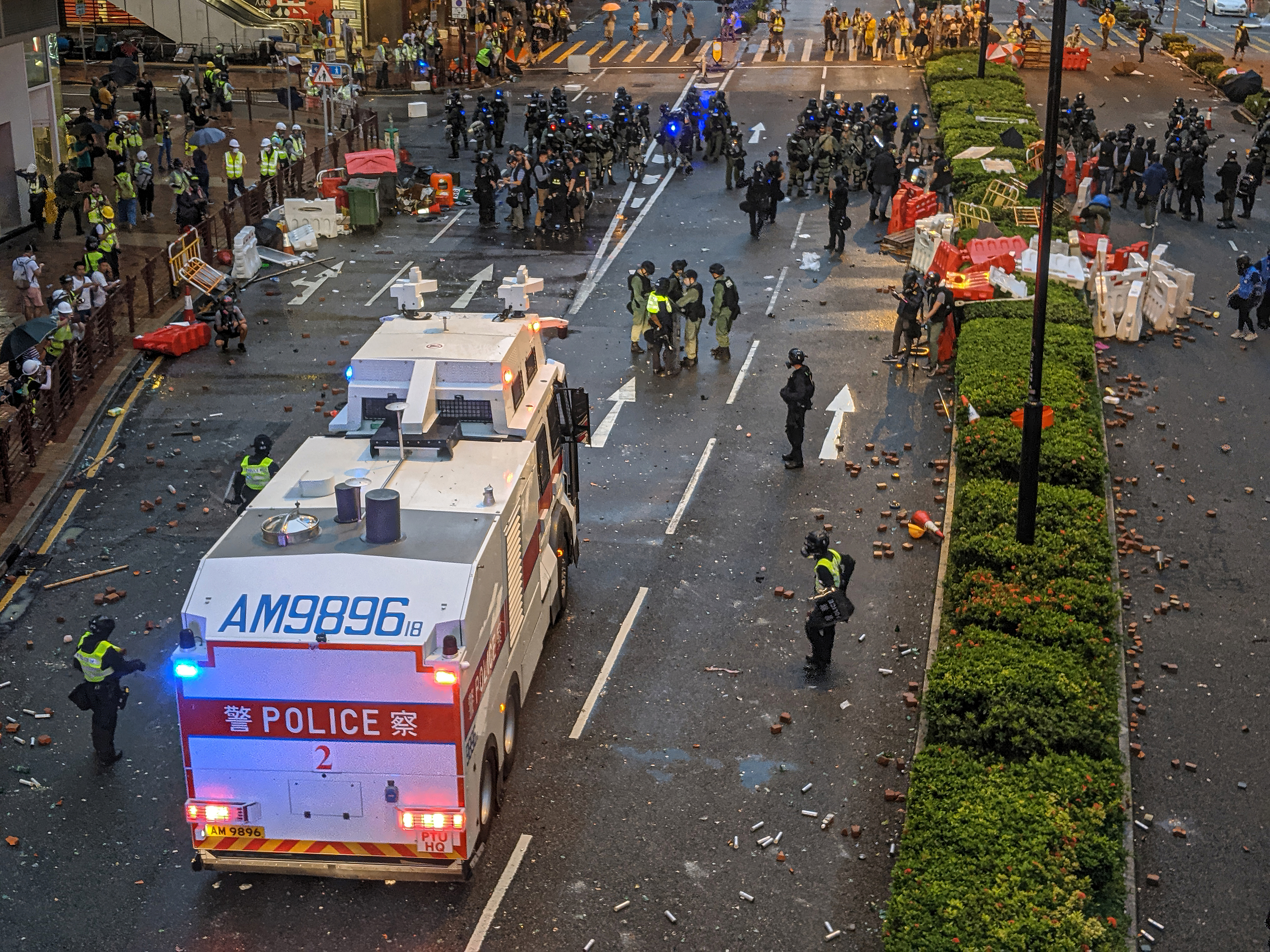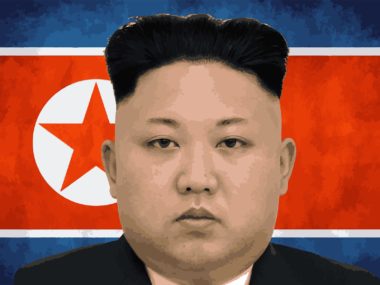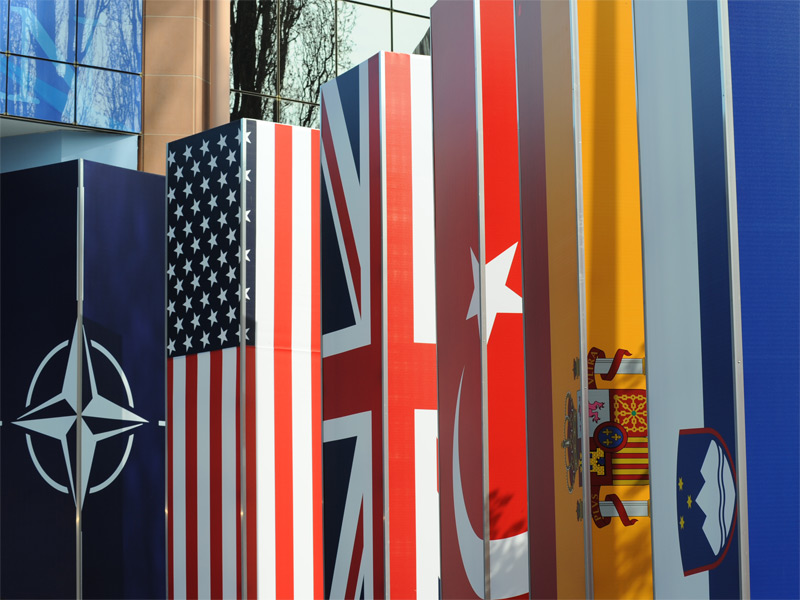Guest post by Thomas Eilers

Shots crackled sporadically throughout the day as dark plumes of smoke rose from different areas of the city. Protesters took to the streets of Sana’a in early June 2014, angered by fuel shortages and high gas prices. The young men demonstrating on the street that I lived on carried a sign reading, “need water.” Most were angry with President Abd Rabbuh Mansur Hadi and the transitional government for failing to provide basic goods and services. At the end of the day, President Hadi dismissed five ministers. Two months later the Houthis, also known as Ansar Allah, took advantage of the widespread frustration and led major protests calling for the government to step down. One month later in September, the Houthis took control of Sana’a.
Yemen is mired in a civil war overshadowed by regional rivalries. On its face, the conflict appears to fit nicely into the regional power struggle between Saudi Arabia and Iran and is often spun as Sunni versus Shia, but the Yemeni conflict cannot be reduced to this. Instead the war is being fought by multiple factions including the Houthis, supporters of former president Ali Abdullah Saleh, “loyalists” of President Abd Rabbuh Mansur Hadi, southerners seeking the creation of their own state, tribal fighters, and al-Qaeda in the Arabian Peninsula (AQAP). In Yemen, religious sects are prioritized after regionalism, tribalism, and political party affiliations but this has not prevented outside actors from using the deteriorating situation to their advantage.[1] In sum, this is a contest to build and be the state, which has local roots but external patrons.
The airstrikes by Saudi Arabia and partner nations in Operation Decisive Storm are meant to return President Hadi to power and prevent Iran from gaining a foothold in Saudi Arabia’s backyard. Many believe that the Houthis would not be able to take over the capital without the help from Iran but this misrepresents the nature of the movement and the conflict.
The Houthi movement is associated with the Zaydi sect of Islam, which is unique to northern Yemen and is in fact as close to Sunni Islam as it is to the “Twelver” school of Shia Islam practiced in Iran.[2] Through 2004 to 2010, the Houthis and Saleh fought six wars. During these “Saada Wars” the Houthis proved to be capable fighters and gained supporters as then President Saleh used increasingly destructive military and economic tactics to try to counter and to defeat the Houthis.[3]
During and after the chaos of the protests in Yemen influenced by the Arab Spring, the Houthis gained control of Saada and moved into neighboring territory. The group won support outside of its traditional Zaydi base by becoming a voice for those frustrated with the lack of progress following the uprising in 2011.[4]
Although Iran has provided funding to the group and offered some military training (the extent is debated), the Houthis rise is more easily explained by their alliance with former president Saleh. After Saleh was forced from office, he was able to secure immunity. Essentially left for dead, he proved why he was able to remain in power for 33 years by aligning himself with his once bitter enemies, the Houthis, to work together to bring down former allies including the Islah party, the influential al-Ahmar family, and Ali Mohsen, a general who turned against Saleh during the Arab Spring and fought the six wars against the Houthis.
Today the combined Houthi and Saleh forces have swept through Yemen and continue making gains in southern Yemen despite the airstrikes by Saudi Arabia and partner nations. Hadi’s supporters in Yemen are fractured. Even after countries threw their support behind Hadi when he fled to Aden, Hadi was unable to capitalize on this and was forced to flee Aden. His return to Yemen is far from certain as the airstrikes are unlikely to either force the Houthis and Saleh to the negotiations table or drive them from Sana’a making an invasion even more likely.
Moving forward, there are two important developments to monitor besides a ground force invasion. It is important to monitor the reaction of Yemenis to the airstrikes. At first, the military intervention was cheered by some Yemenis, particularly in the south, but as airstrikes increase and kill civilians, this will potentially cause Yemenis to side with the Houthis. It is also important to watch for the eventual split between the Houthis and Saleh. The two entered an alliance and succeeded in eliminating mutual enemies, but Saleh has always had the desire to return to power and will try and distance himself from the Houthis.
This Saudi intervention though masks the roots of the conflict, which is what brought people to the streets in early June 2014. Dwindling oil and water supplies as well as a devastated economy ensure an unstable, fragile state with multiple actors vying for control over the legitimacy of violence. Like I witnessed in 2014, there will be future protests and conflict until people’s needs are met and a capable state can provide security and stability.
Thomas Eilers is an MA student at American University studying US Foreign Policy and National Security. He spent the past summer in Yemen studying Yemeni politics.
[1] Gabriel Koeler-Derrick, ed. 2011. “A False Foundation? AQAP, Tribes and Ungoverned Spaces in Yemen,” Combating Terrorism Center, West Point, available at https://www.ctc.usma.edu/posts/a-false-foundation-aqap-tribes-and-ungoverned-spaces-in-yemen
[2] Barak A. Salmoni, Bryce Loidolt and Madeleine Wells, Regime and Periphery in Northern Yemen: The Houthi Phenomenon (Santa Monica: RAND Corporation, 2010) available at http://www.rand.org/pubs/monographs/MG962.html
[3] Christopher Bouek. 2010. “War in Saada: From Local Insurrection to National Chellenge,” Carnegie Endowment for International Peace available at http://carnegieendowment.org/2010/05/05/war-in-saada-from-local-insurrection-to-national-challenge
[4] Charles Schmitz, 2015. “Misadventures in Violence in Yemen: Operation Resolute Storm,” Middle East Institute, available at http://www.mei.edu/content/at/misadventures-violence-yemen-operation-resolute-storm






4 comments
I am not sure about this, but it seems to me that for ‘Saudi Arabia’ we should generally read ‘the United States government’ since the former seems to be generally a satellite, if a somewhat unruly one, with dubious connections to dubious terrorist groups, gangs, tribal armies, and so on. The complaints of the Houthis would be easy enough to solve materially, so the causes of their disadvantages are obscure. Perhaps the current war is just another example of imperial mismanagement.
Reblogged this on Refugee Archives @ UEL.